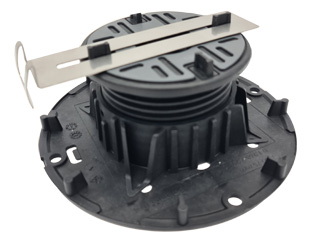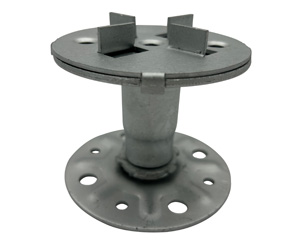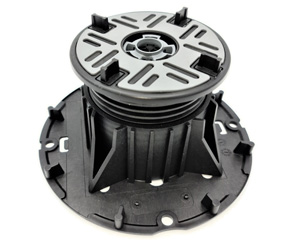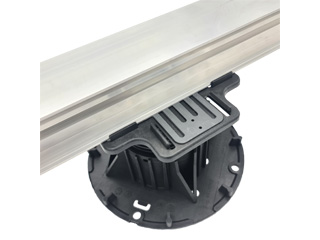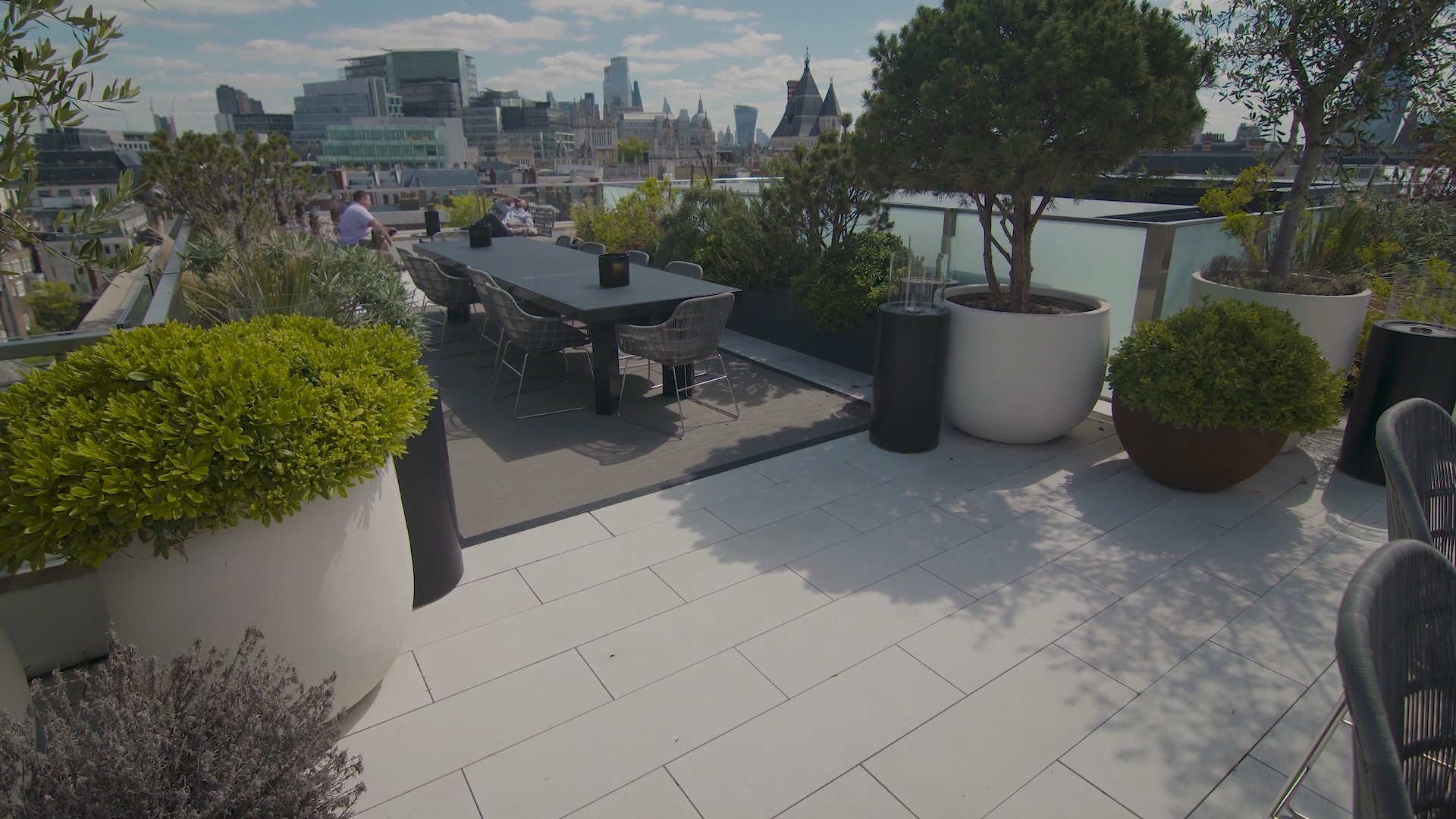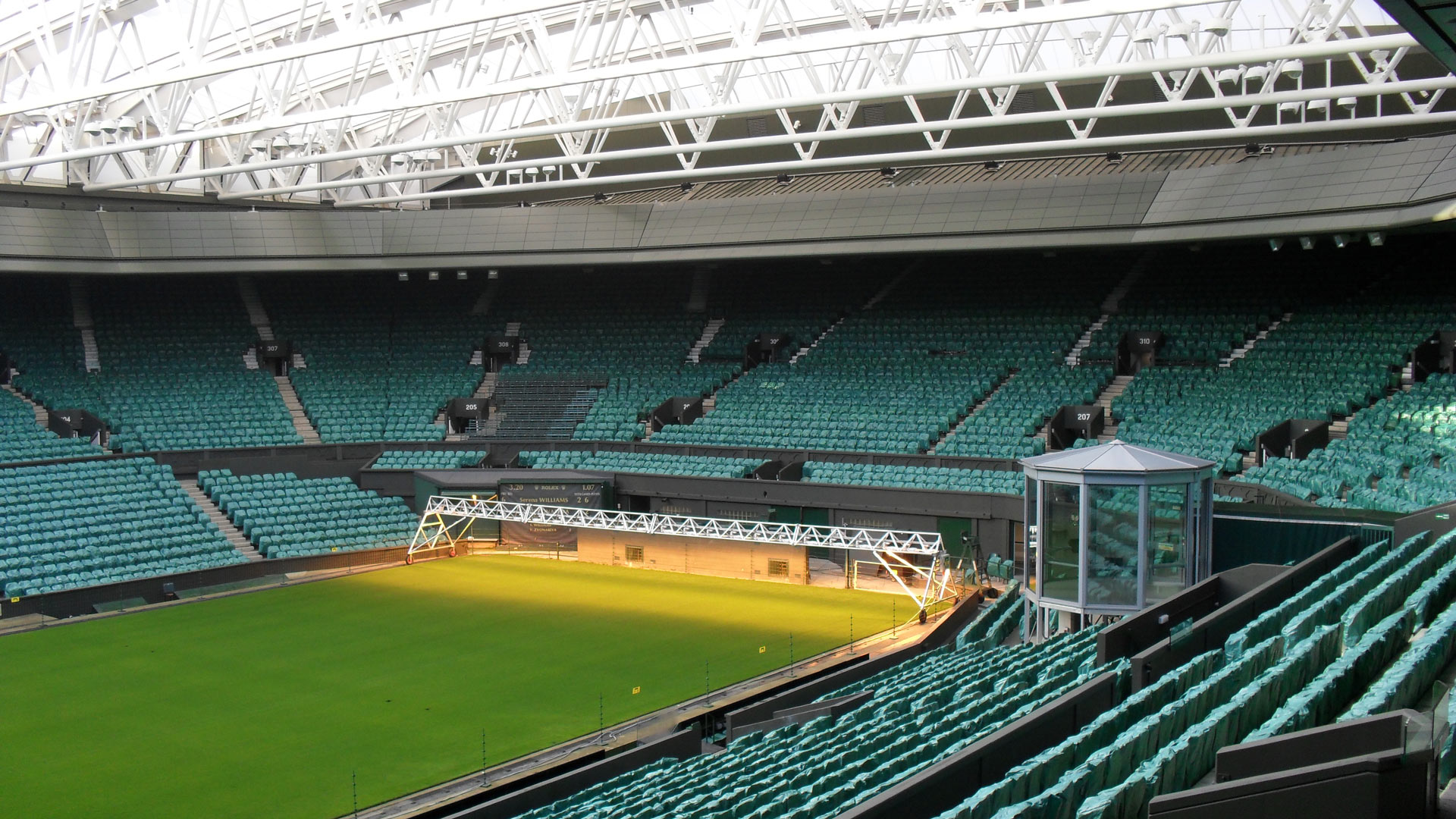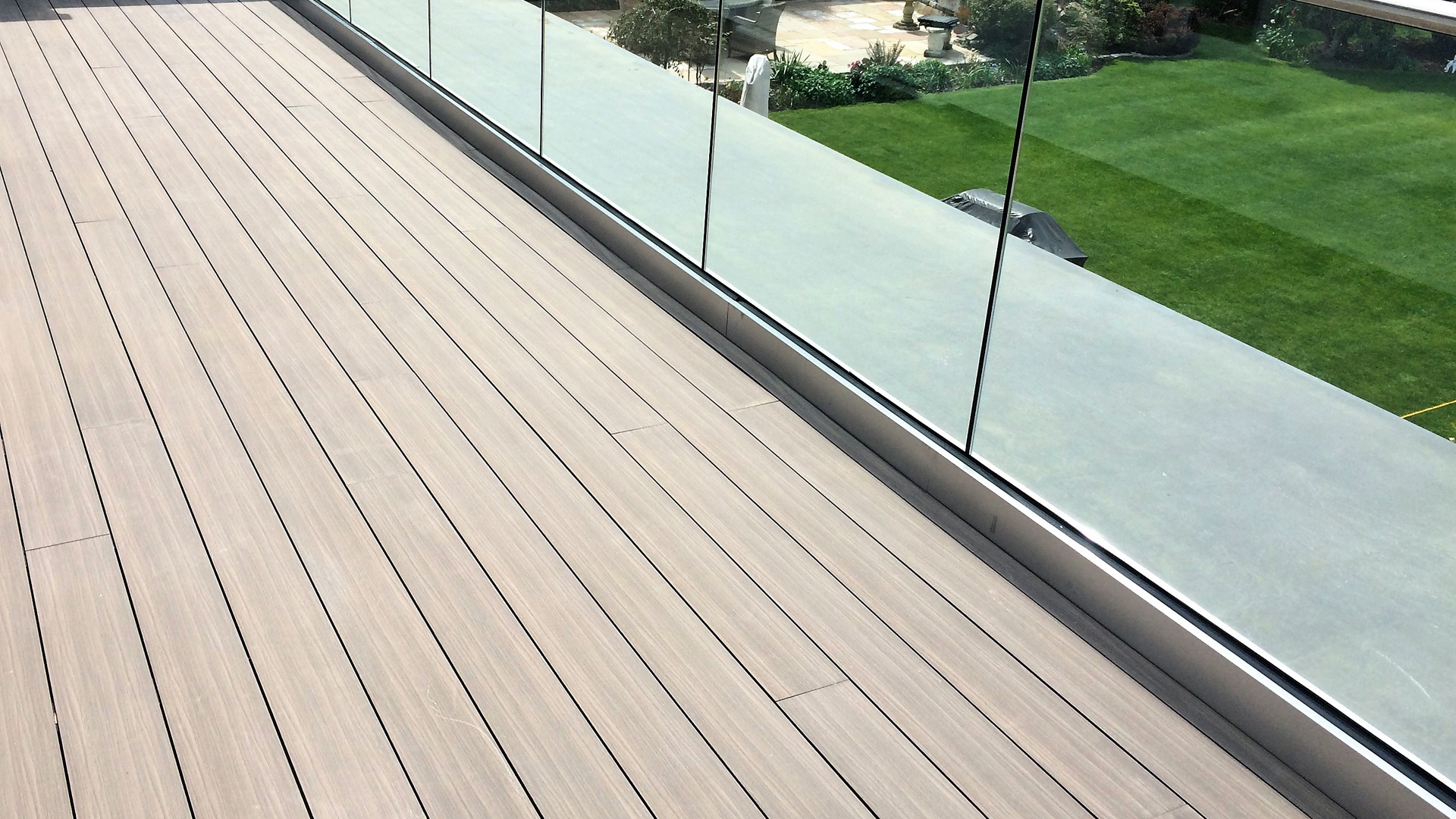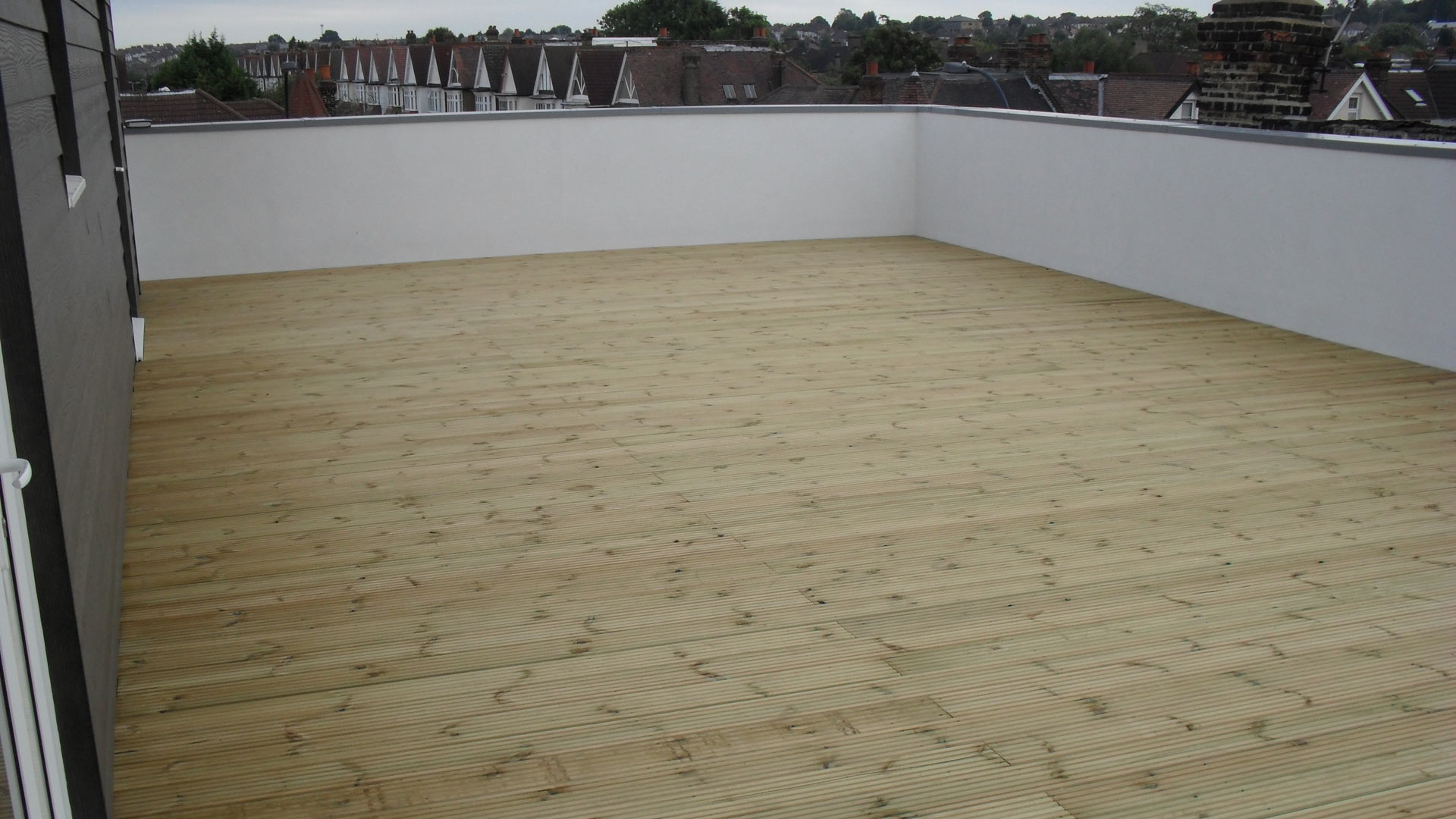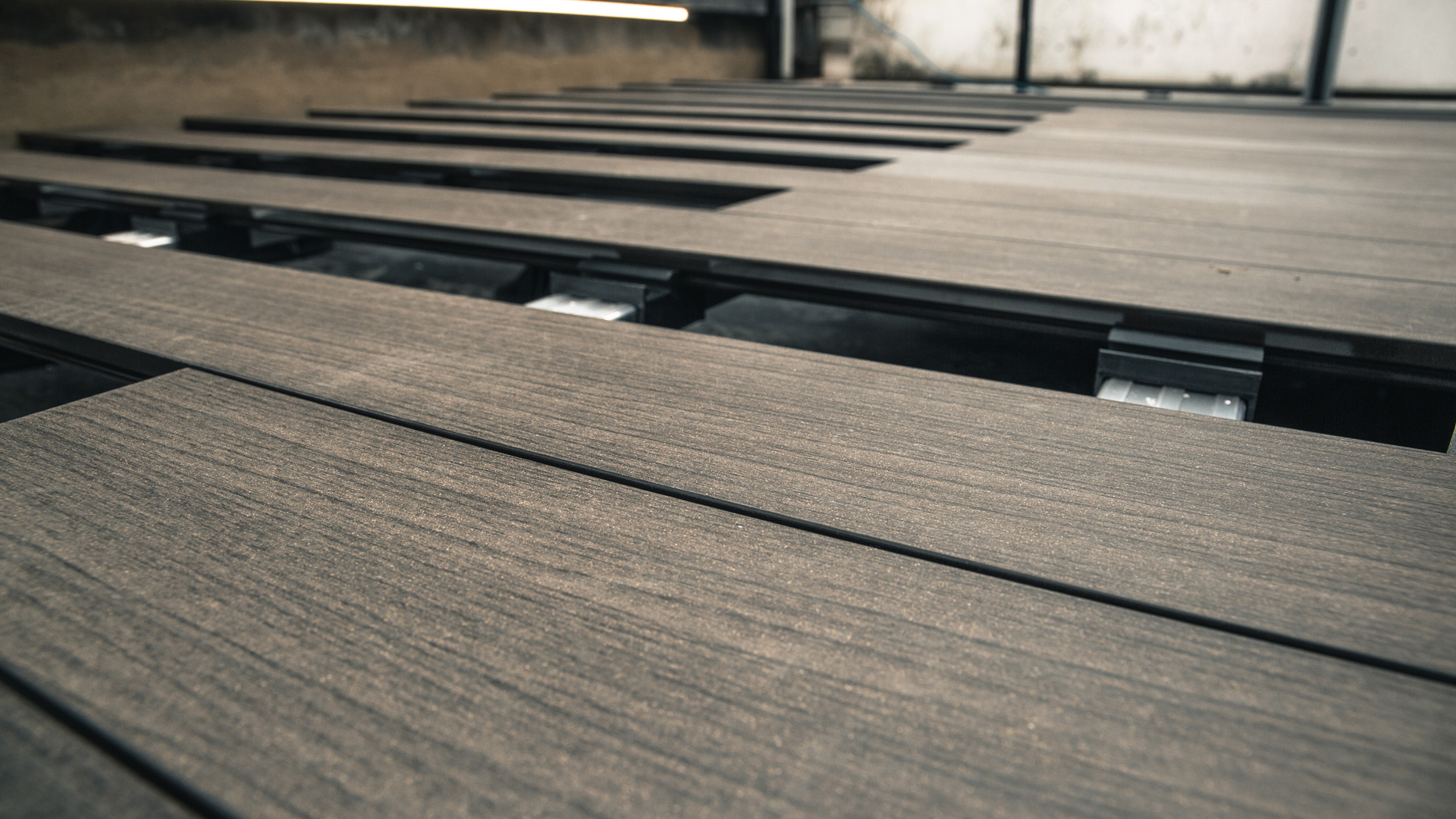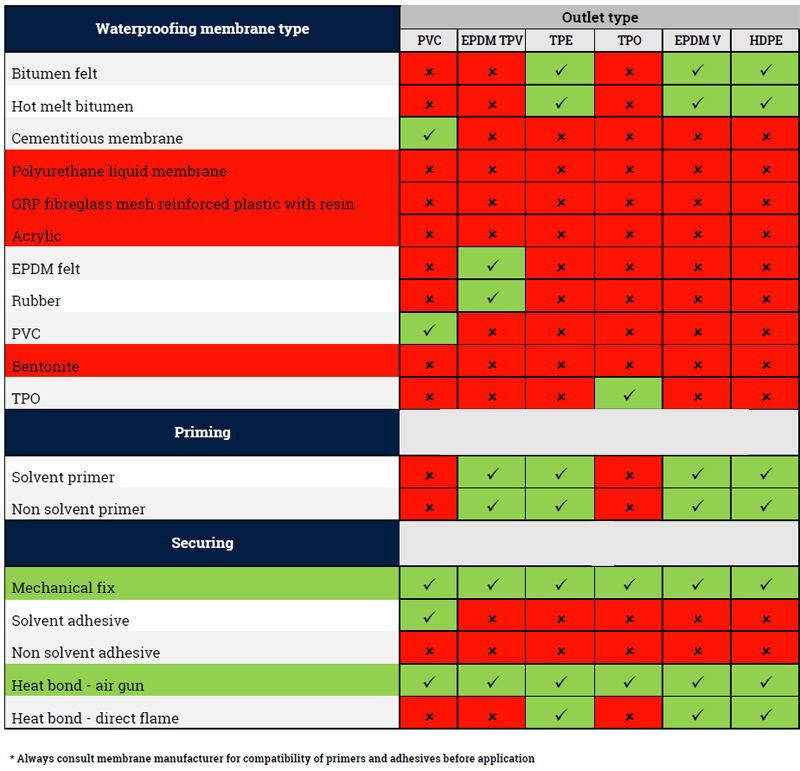The European Green Deal is an international proposal that lays out a plan to tackle climate changes, and reduce fossil fuels and reduce greenhouse gas emissions. It also aims at guaranteeing new high-paying jobs and markets in clean and green energy industries. Within this context, the resilience of cities under climate change is increasingly central in urban planning worldwide.
Urban greening and the related green infrastructures represent a potential method to mitigate the effects of climate changes at the urban scale. The greening of grey surfaces through a vegetated cover on their top layer can deliver multiple benefits as a vegetated surface uses rainwater for evapotranspiration, gradually releasing it, and thus reducing urban flooding and pollutant load in water and wastewater networks. Additional benefits are also generated, e.g. mitigation of urban heat islands; reduction of cooling demand in summer; sequestration of atmospheric CO2; reduction of noise in buildings; and creation of additional spaces for social activities, horticulture, and for wildlife habitat, especially birds and pollinators. The large scale implementation of urban greening can thus lead to a more sustainable development of cities (https://link.springer.com/article/10.1007/s11252-012-0268-x).
How important are urban greening benefits?
A recent study performed at the Joint Research Centre of the European Commission has proposed an innovative and simplified methodology to estimate such benefits in the European context, but that can be used as a basis to estimate analogous benefits in other geographic contexts (https://www.sciencedirect.com/science/article/pii/S221458182100001X).
The following equations (1-4) were achieved to estimate the benefits of greening. The achievable benefits depend on the soil thickness t (m), annual precipitation P (mm), annual potential evapotranspiration ET0 (mm), and annual actual evapotranspiration AET (mm). AET can be estimated from P and ET0 as described in Quaranta et al. (2021).
ΔText = [0.0007 ln (t) -0.0054] AET – [0.23 ln (t) + 1.7589] (1)
ΔTint = [2.10 ln (t) +9.13] ln (ET0) + [19.9 e-5.86t – 30] (2)
RR/P = [1.56 ln (t) + 19.267] P-0.55 (3)
CB = [0.74 ln (t) + 2.51] ln (ET0) – [4.081 ln (t) + 13.475] (4)
The above equations estimate the benefits assuming a herbaceous crop and 1 m2 of impervious surface. The estimated benefits are:
- The difference in ground surface temperature ΔText, expressed in °C and averaged over summer months, between the soil vegetated surface and the surface prior to greening; this is an indicator of the reduction of the heat island effect.
- The difference in temperature at the outer skin of the roof beneath the soil layer, ΔTint, expressed in °C and averaged over summer months, between the temperature computed for a grey surface and the temperature at the bottom of the soil in case of greening. The indicator ΔTint is proportional to the change in heat flow from the outside to the inside of a building through a soil-covered roof, hence to the energy required for cooling and to the reduction of the related CO2 emissions.
- The average yearly % reduction of rainwater runoff RR, assuming runoff for the urban surface prior to greening equals the average yearly rainfall, P.
- Yearly dry biomass production CB, expressed in kg m-2 y-1.
If these equations are applied to the European context, assuming 30 cm of soil thickness and the climatic data in each European map, Fig. 1. is obtained. From Fig. 1 it is clear that the countries with higher potential benefits pertaining to reduction of the heat island effect and energy required for cooling and to the reduction of the related CO2 emissions are those on the South and West, due to their higher evaporation rates, while Eastern Europe would experience the higher benefits of stormwater runoff reduction.
For the full story, please visit the link below.


